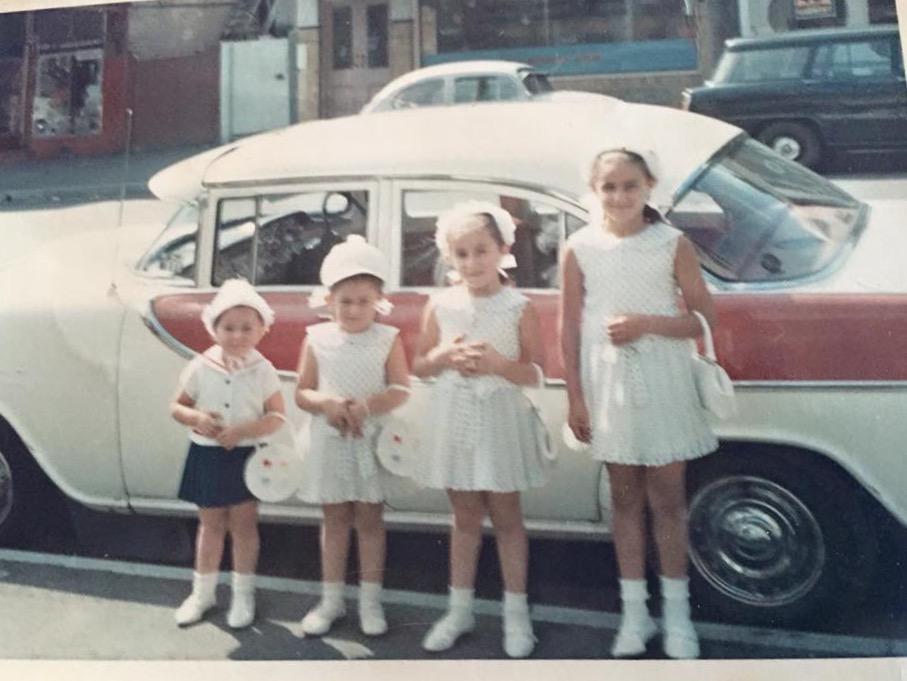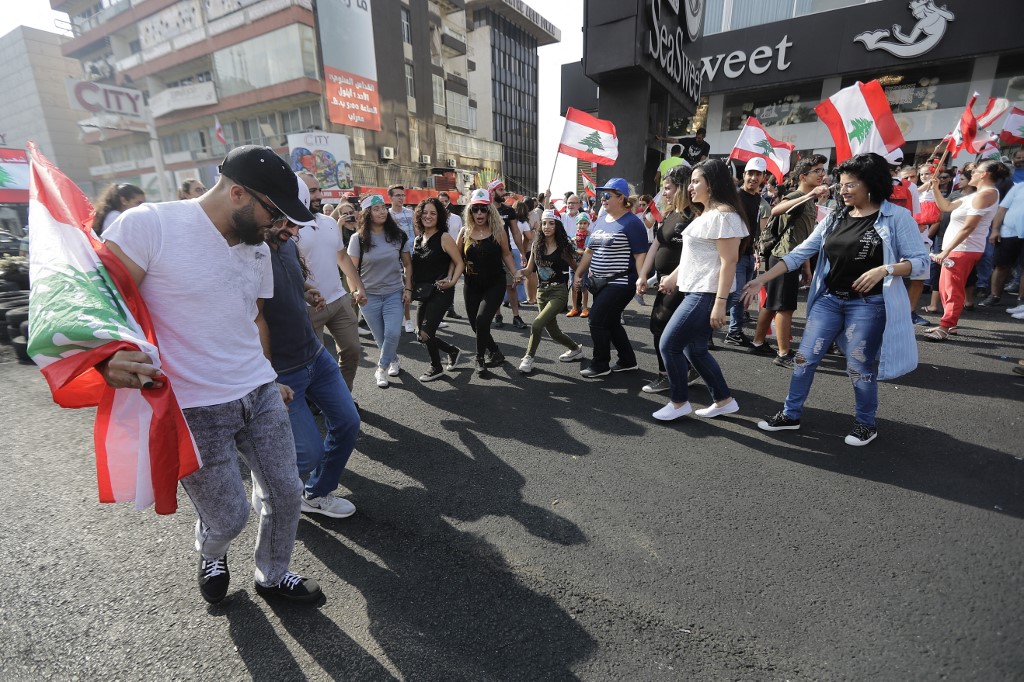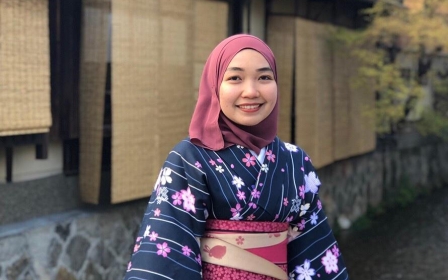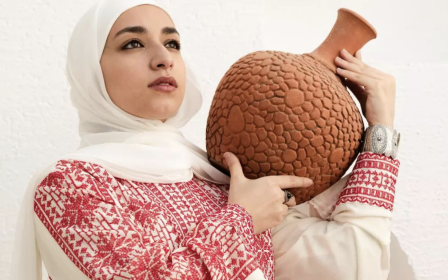Inside Australia’s diverse and longstanding Lebanese community
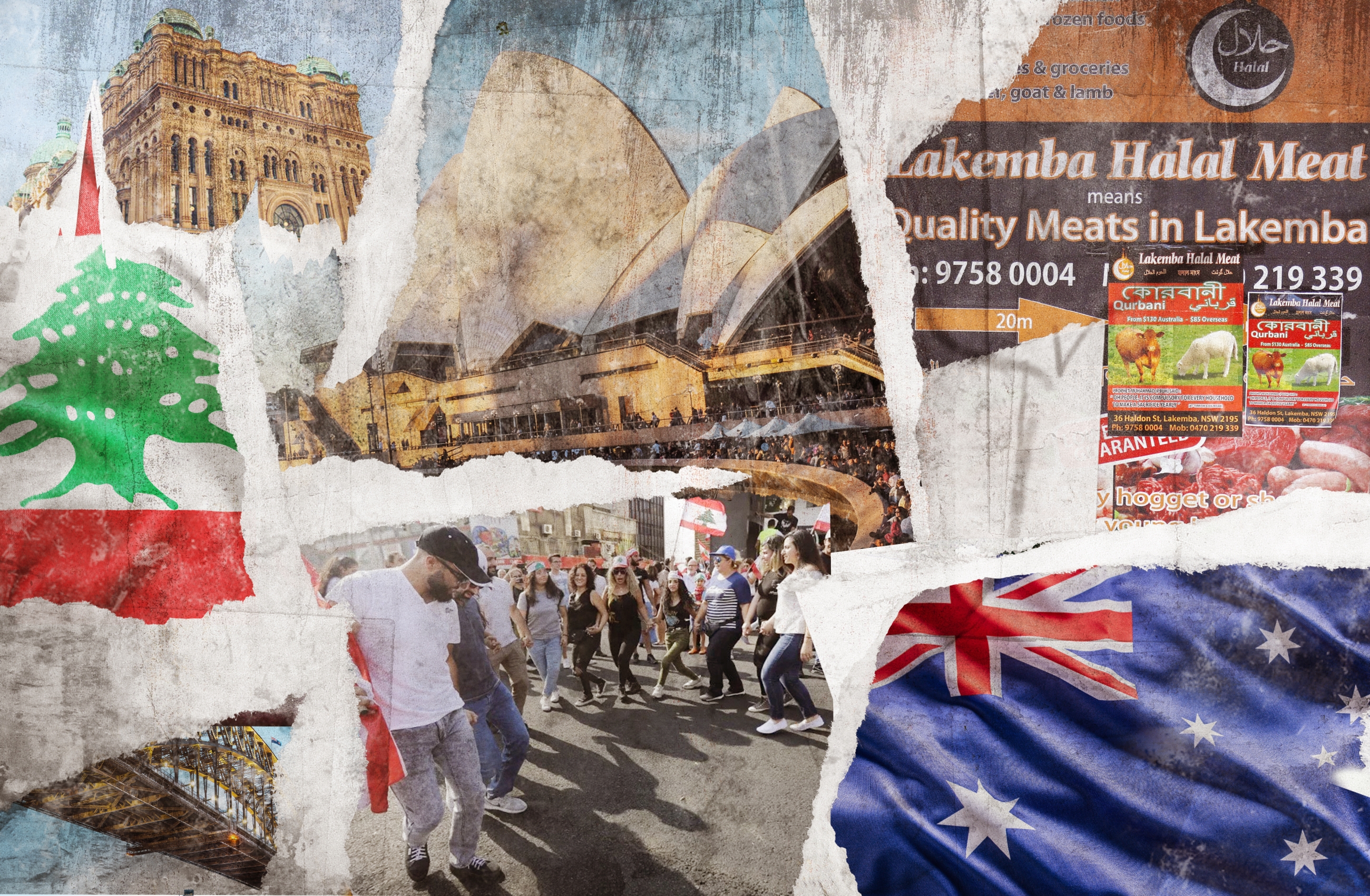
In some of Sydney's suburbs, streets are lined with Arab grocery stores, halal butchers and kebab shops, run mostly by Lebanese immigrants and their descendants.
The thriving community, which is one of the most deep-rooted in the country, gives a distinctively Lebanese flavour, reminding locals of back home.
Many among Australia’s Lebanese community trace their families' arrival back to the 1960s and 1970s, when the number of Lebanese-born residents tripled to 33,424. By 2016, the year of Australia’s most recent census, there were 76,450 Lebanese-born people in Australia.
Lebanon’s civil war, which began in 1975, prompted the Australian authorities to loosen visa requirements for the family members of the Lebanese community already in Australia, which led to the third and largest wave of Lebanese immigration.
Today, more than 230,880 people in the country identify as Lebanese Australians, a cohort that includes some of Australia’s best-known authors, artists, athletes, politicians and scientists.
“We are so different, and our experiences are so different,” says Michael Mohammed Ahmad, a writer, who lives in Sydney. “But there’s still a sense of familiarity when we talk to one another.”
Here, we explore Sydney's growing and well-established Lebanese community, including the food and music that has since come about.
A diverse community
The range of religions represented is as diverse as in Lebanon itself, with both Sunni and Shia Muslims making up around 40 percent of the community, and Christian denominations like Protestants, Greek Orthodox, Maronites and Melkites accounting for around 48 percent.
Compared to other prominent minorities, such as Afghan or Sudanese, Australia’s Lebanese community is well established.
The 2016 census showed that 83 percent of Lebanese-born people in Australia arrived before 2007, significantly higher than the 61 percent of the population born overseas.
Around 70 percent of the Lebanese community lives in New South Wales, Australia’s most populated state. Most of these live in the suburbs of Sydney, Australia’s largest city. There’s also a smaller population of around 17,000 in Melbourne.
Sydney suburbs such as Punchbowl and Lakemba, which the author Michael Mohammed Ahmad grew up calling “Lebkemba”, have been known for decades throughout Australia for their large Lebanese communities. In these areas, Lebanese immigrants have started a host of businesses and run various shops, catering to the locals.
Discriminated against and singled out
Cheryl Akle, 57, is the founder of Better Reading, a popular website for literature news, tips and reviews. She grew up in Redfern and Glebe, two inner-city suburbs a long way from the Lebanese centres of western Sydney.
She’s one of six children of parents who arrived in Sydney in the 1970s, settling in a single-room flat above a butcher run by a fellow Lebanese migrant.
Unlike some overseas-born parents at the time, Akle’s family encouraged her to experience everything their new home country had to offer.
“A lot of immigrants in Sydney wouldn’t let their kids go on school excursions, because they were worried,” she says. “But my mother pushed us out there.”
Akle describes a childhood surrounded by her close-knit Lebanese family of cousins, aunties and uncles, who her parents would entertain with parties in Glebe, where they moved after their stint in Redfern.
Cheryle's mother, Antionette, passed away in April this year
Glebe, now a trendy and multicultural district, was overwhelmingly white at the time. Racism ranged from the subtle to the overt, such as an incident at a bus stop one Sunday, when Akle’s mother was taking her children on a day trip across Sydney.
The children were confused why, despite the bus appearing empty, her mother told her kids not to board.
“The driver said ’wogs’ couldn’t come on the bus,” Akle recounts, referring to a racist Australian term for a foreigner or immigrant. “I’ve heard that all my life.”
From the 1990s to today, Australia’s Lebanese community has been singled out more than any other by a media landscape eager to highlight “problem” schools and neighbourhoods in Sydney’s western suburbs.
The ugliest moment was the 2005 Cronulla race riots, when a 5,000-strong crowd of white Australians chanted “Fuck off Lebs!”, a derogatory term, while attacking those of Arab appearance at a beachside suburb.
This kind of discrimination intensified after the 9/11 attacks, when every Arab Australian, at one point, was forced to become a spokesperson for the entire Muslim world.
“I was at a dinner, and someone asked me how I felt about ’my people’ murdering others,” Akle recounts.
Making their mark
Despite the sometimes scathing discrimination which targets the community, many are wrestling back to control their own representation.
“If you want to learn who we are, you’re not going to learn that from a second-hand, journalistic tabloid narrative,” Michael Mohammed Ahmad said when launching Arab, Australian, Other, an anthology he put together in 2019. “You have to come to us.”
This wave of Lebanese Australian representation stretches well beyond literature into all corners of the arts, reflecting the diversity of the community’s increasing visibility.
Jarred Beeler, best known as DJ Plead, is on the cutting edge of the underground electronic music scene, with fans all around the world.
He makes complex, rhythmic tracks inspired by dabke, Lebanese pop and other Arab music. For Beeler, 32, drawing from those sounds is a way to channel his Lebanese heritage, something he had a complex relationship with as a teenager.
Born to a Swiss father and Lebanese mother whose family migrated to Australia in the 1960s, Beeler attended a German-speaking school in Sydney, where the German-born teachers would complain of Arab and Turkish students “holding back” the education system in their home country.
“I internalised that somehow, and preferred to identify as Swiss, even though I didn’t look or feel that way inside,” he told MEE.
That’s no longer the case. Beeler’s music bursts with the Arab melodies and rhythms, sounds he heard blasting from burnt CDs and cassettes at parties thrown by his extended Lebanese family.
“Once I started experimenting with these sounds, it started to feel like I had a place that was for me,” he says.
Beeler also suggests that the term “Lebanese Australian” could be redundant as, with time, the community’s integration in Australia has somewhat fused the cultures together.
“Fifteen years ago, it would’ve been absurd to imagine playing dabke music in front of a bunch of white, Australian kids and them loving it, '' he says. “Things are different now.”
'Lebanese, not Australian'
For Akle, who arrived in Australia as a child speaking only Arabic, the nebulous concept of being Lebanese Australian is more of a feeling than anything else.
This is encapsulated in a story from her first trip to Lebanon, when Akle’s grandmother introduced her neighbours to her “Australian” granddaughter.
“I said, ‘No, I’m not Australian, I’m Lebanese’,” Akle says. “She looked at me, like, ’Really?’”
Akle says her spoken Arabic skills have slipped since then (she still understands almost everything), but she lives her parents’ culture in other ways. She regularly visits Arab supermarkets in Lakemba and Punchbowl, and cherishes the time she spends with fellow Lebanese Australians, such as when she invited Michael Mohammed Ahmad to join her podcast.
“We’re not Lebanese, and we’re not Australian,” she says. “I identify with that in a really big way.”
As Australian bookshelves, TV screens and concert halls open to a new wave of Lebanese-Australian musicians and storytellers, the rest of the country will get to see more inside the lives of one of its most prominent communities.
“It’s been bubbling under the surface for a while,” Jarred Beeler, the DJ, says. “We’re still digesting what’s happened in the last 20 years, and it’s coming out now.”
This article is part of a series. To find out more about other Middle Eastern communities around the world, stay tuned for the next piece, due to be published next week.
Middle East Eye propose une couverture et une analyse indépendantes et incomparables du Moyen-Orient, de l’Afrique du Nord et d’autres régions du monde. Pour en savoir plus sur la reprise de ce contenu et les frais qui s’appliquent, veuillez remplir ce formulaire [en anglais]. Pour en savoir plus sur MEE, cliquez ici [en anglais].


